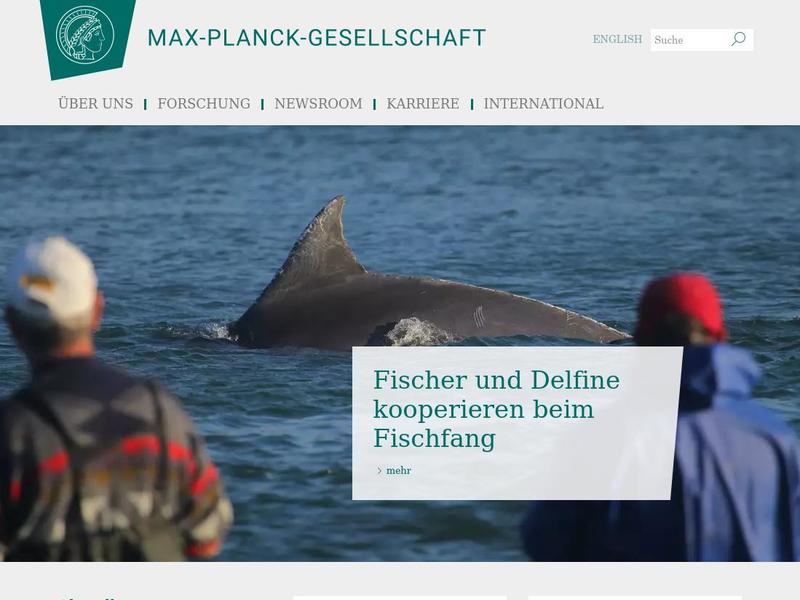Nanobauteile nach Maß https://www.mpg.de/7427066/nanotechnologie_nanostruktur_nanomaschine
Dreidimensionale Nanostrukturen mit großer Formenvielfalt, die als Nanobauteile für Nanomotoren und Nanomaschinen dienen könnten, lassen sich mithilfe von Dampfabscheidung und mizellarer Nanolithographie präzise in großer Zahl parallel herstellen. Die von einem Team um P. Fischer m Max-Planck-Institut für Intelligente Systeme entwickelte Produktion ist ein großer Fortschritt in der Nanotechnologie.
Stickstoff, der durch den Halter des Materials fließt, auf ungefähr minus 200 Grad Celsius

